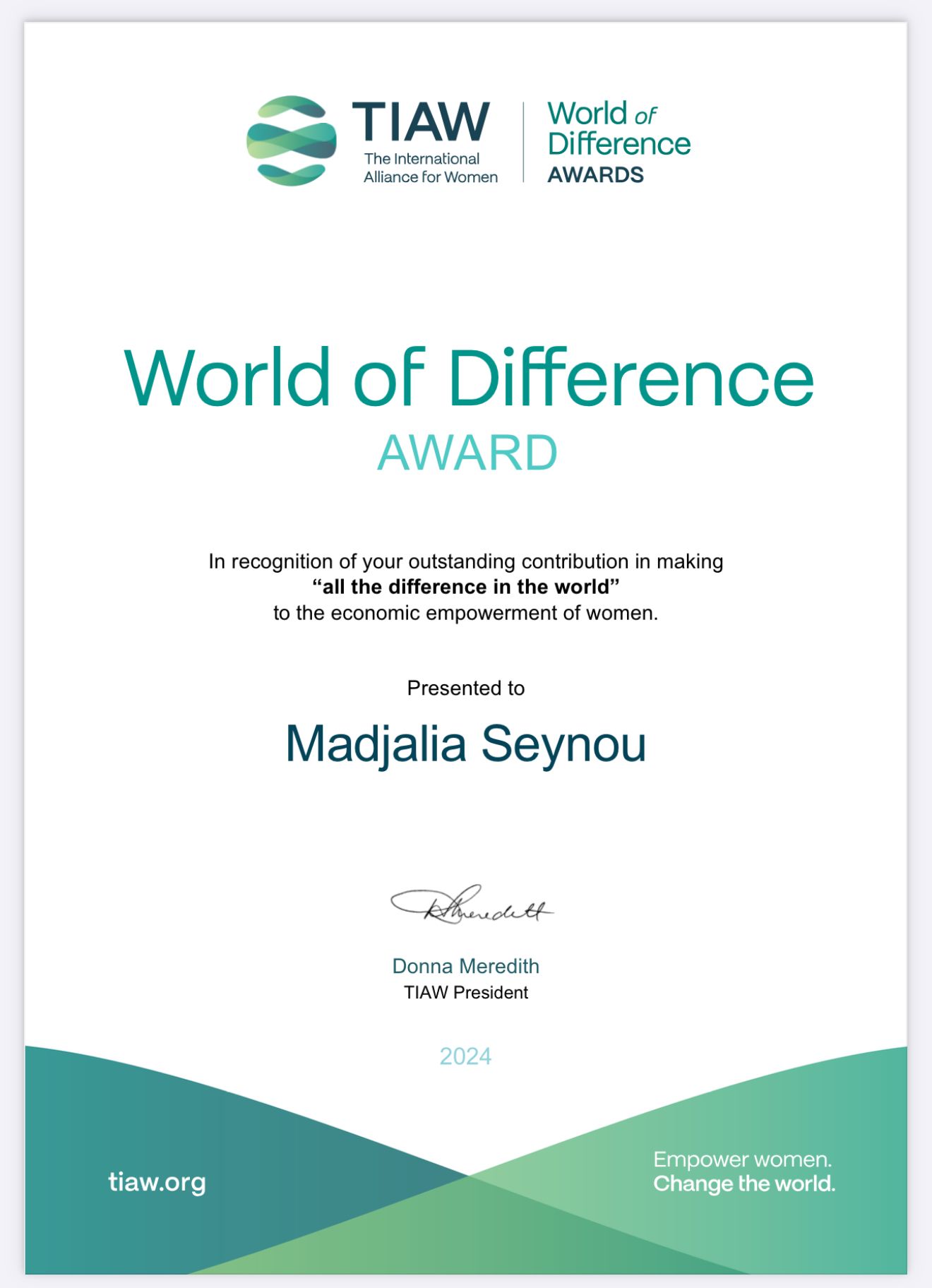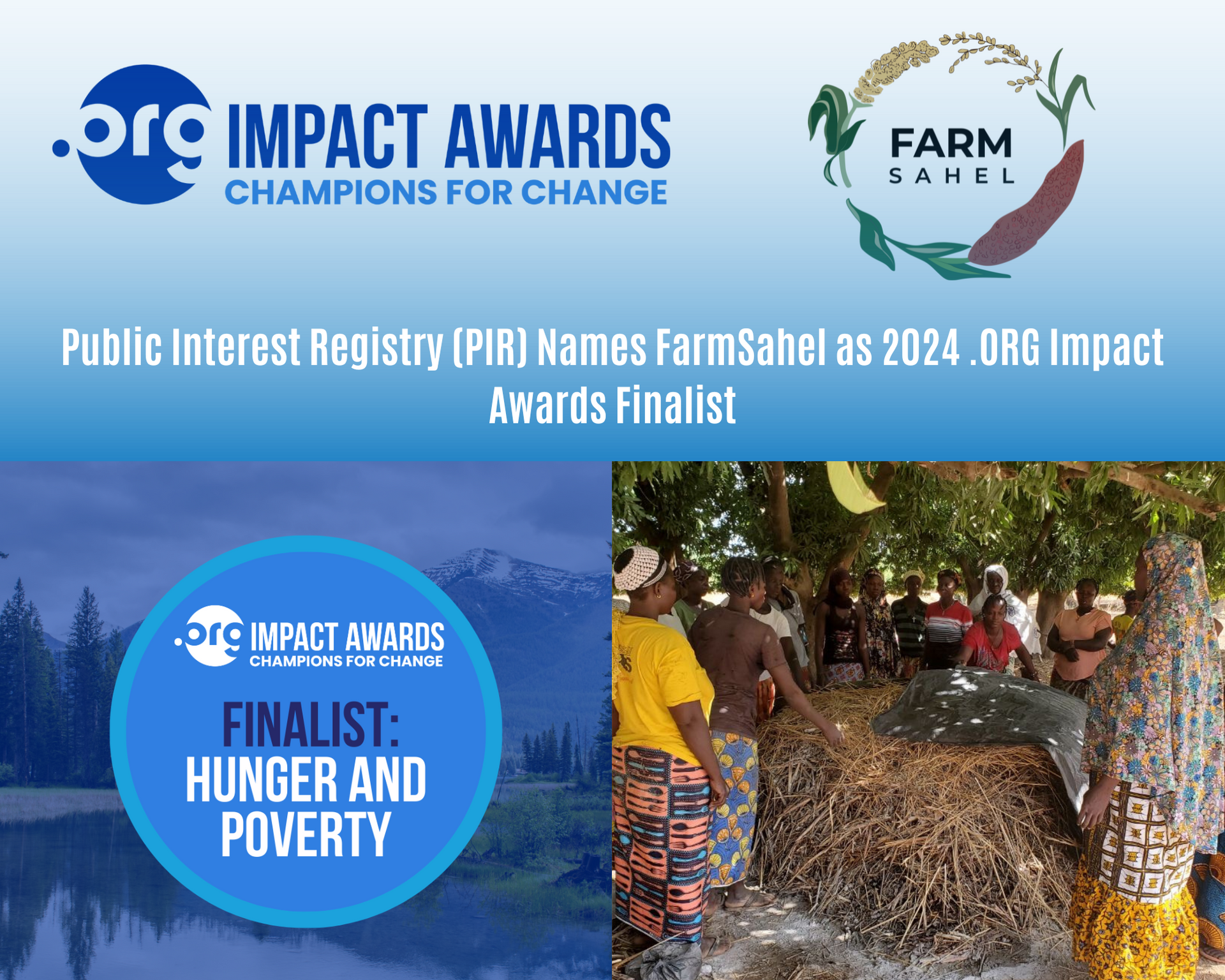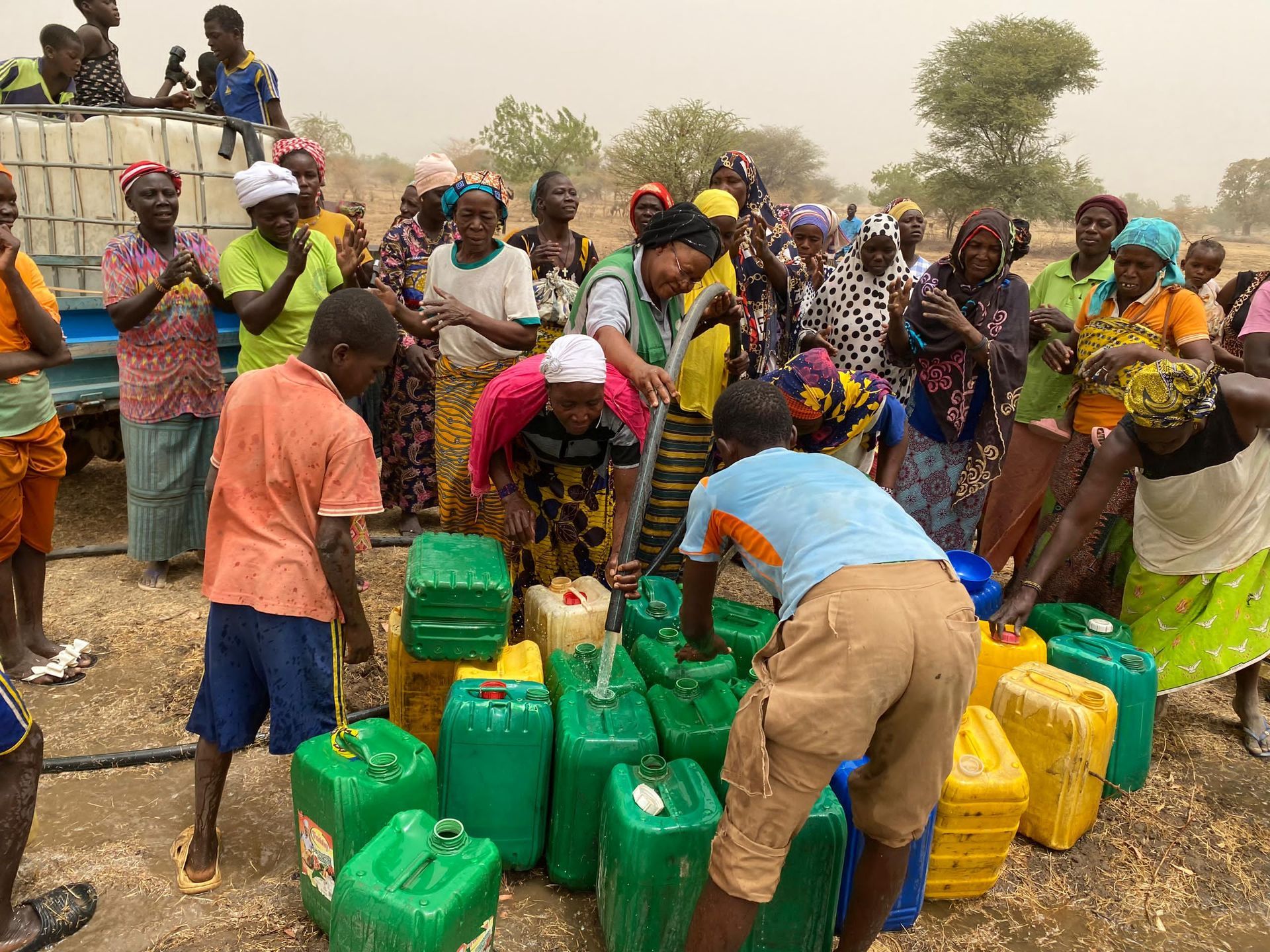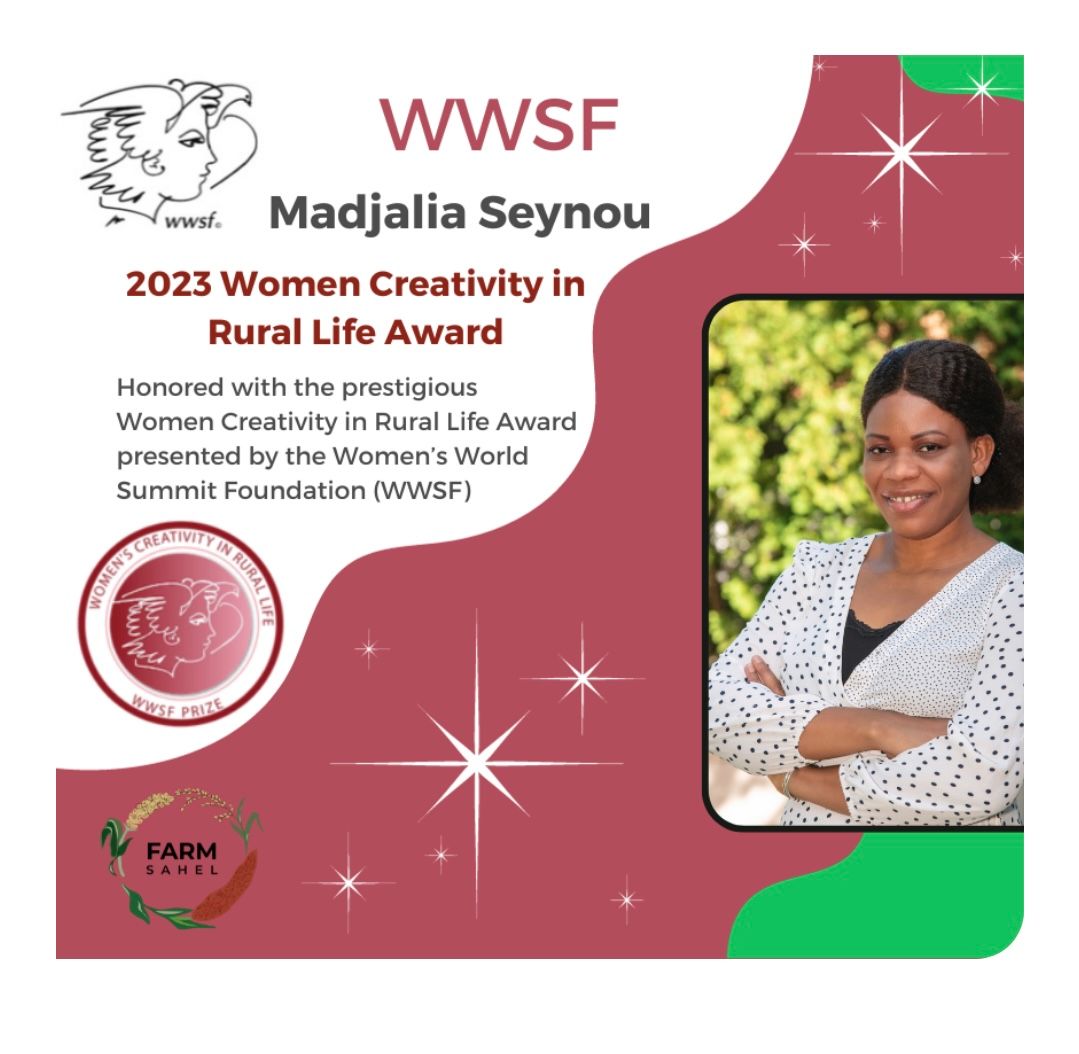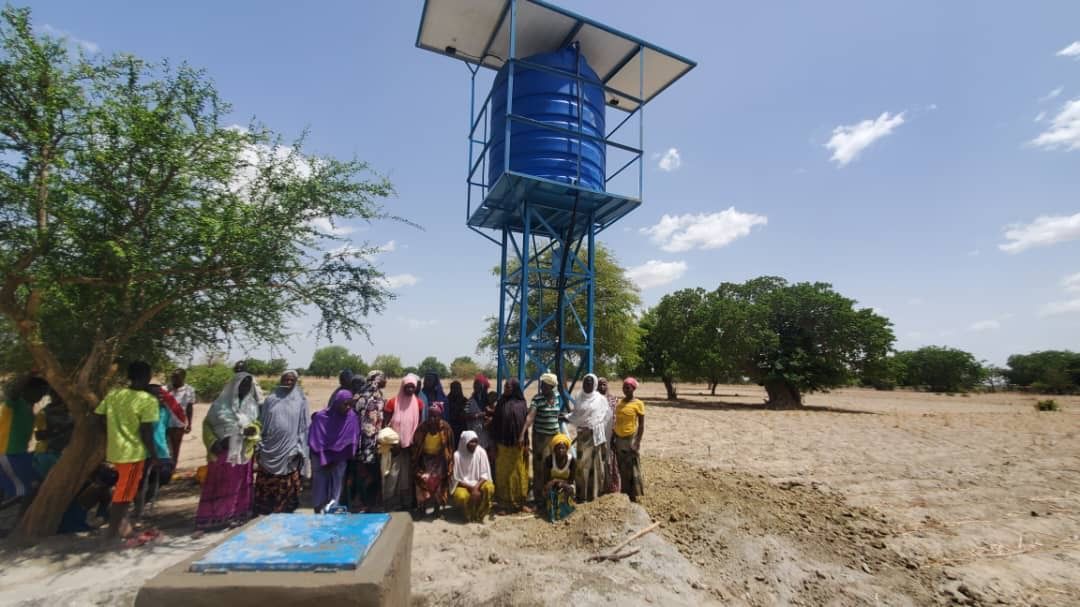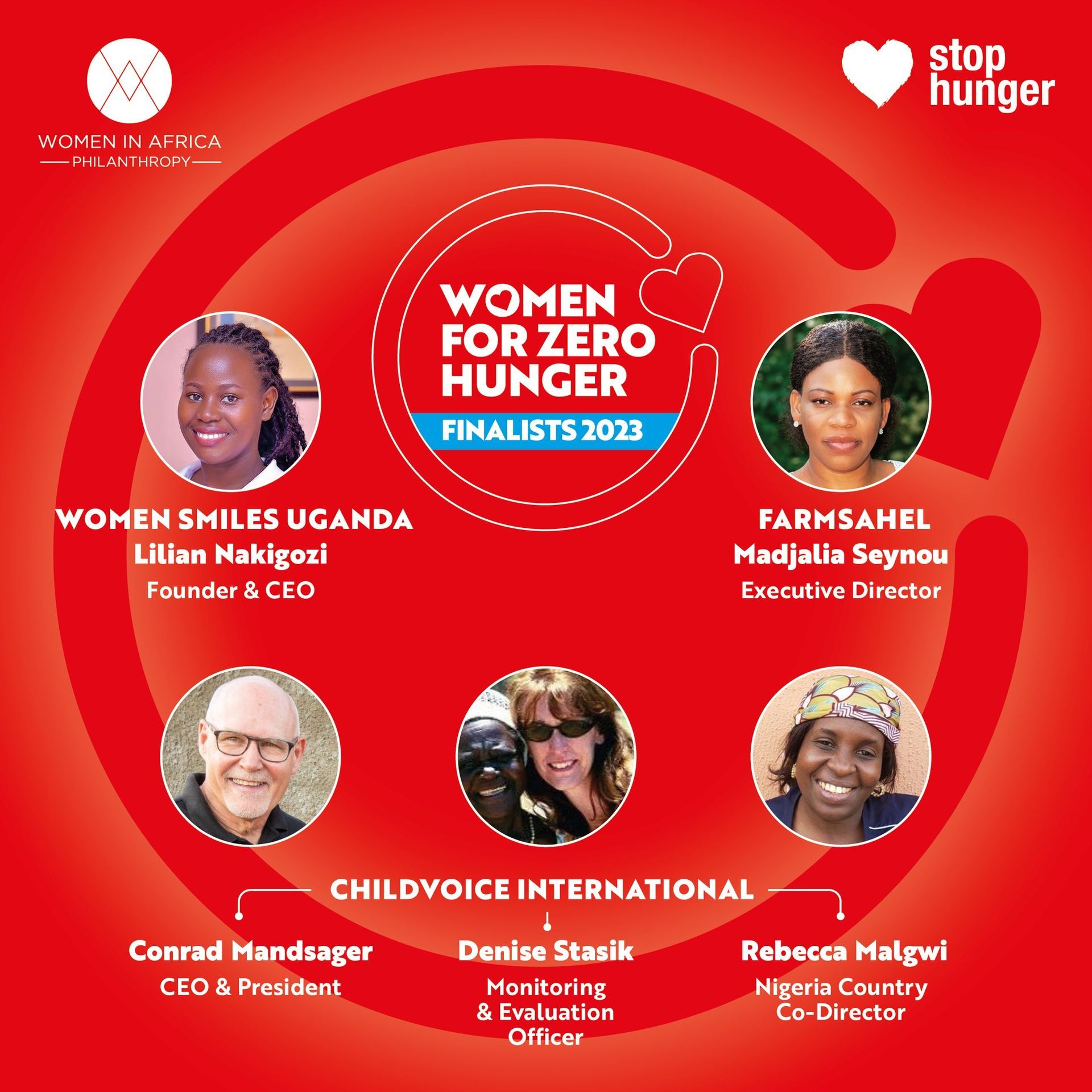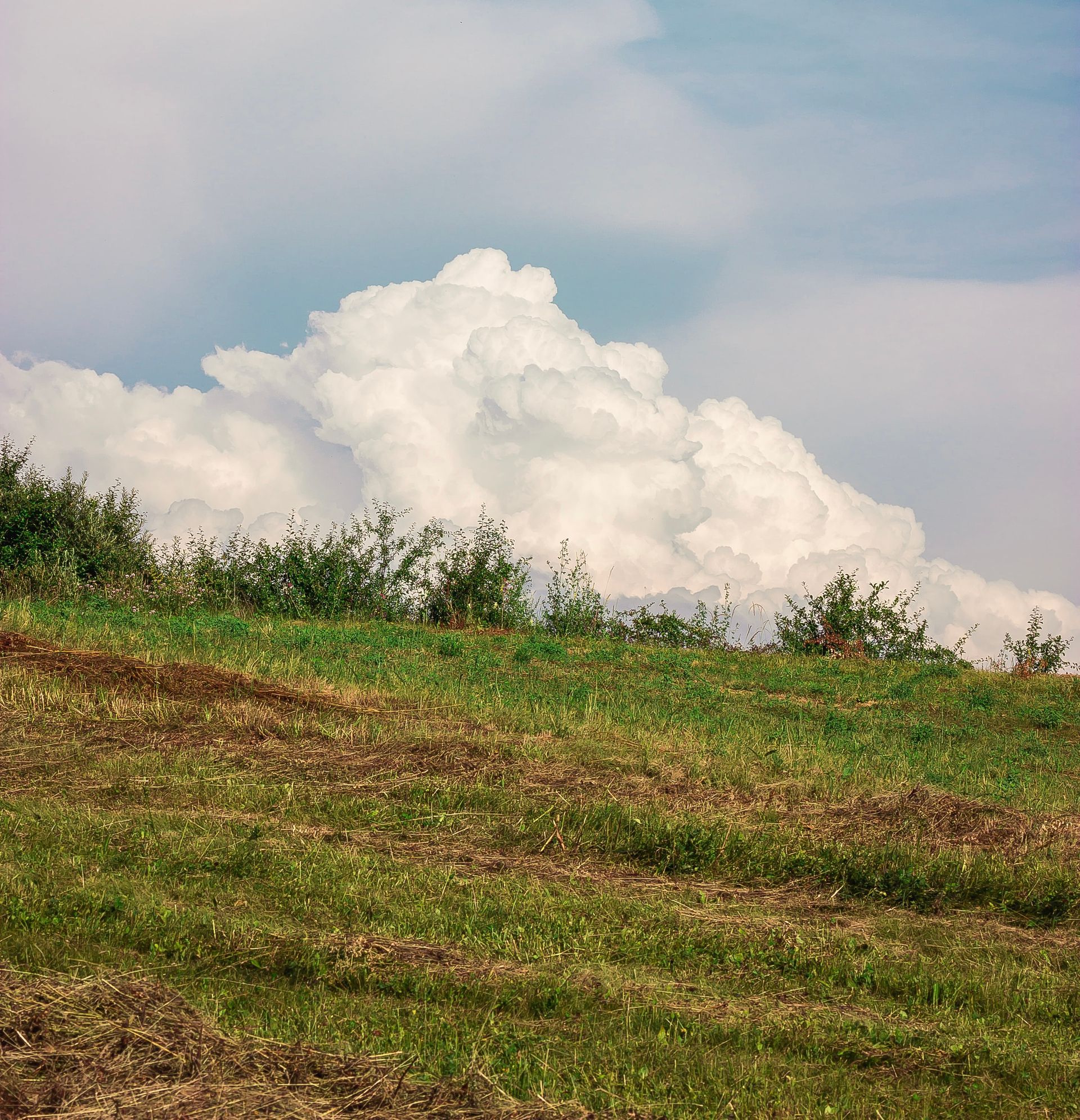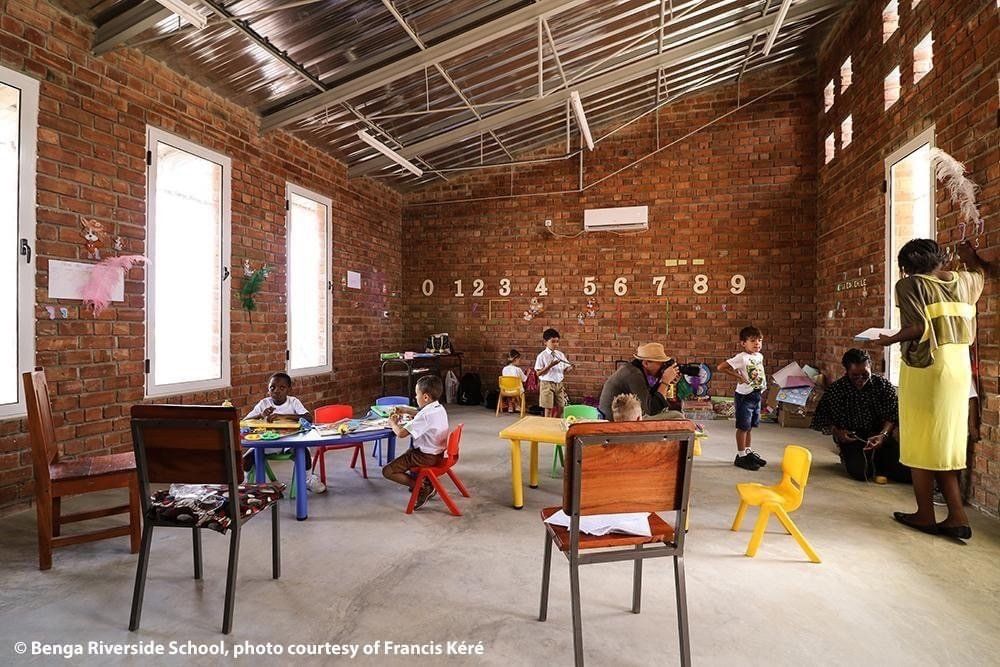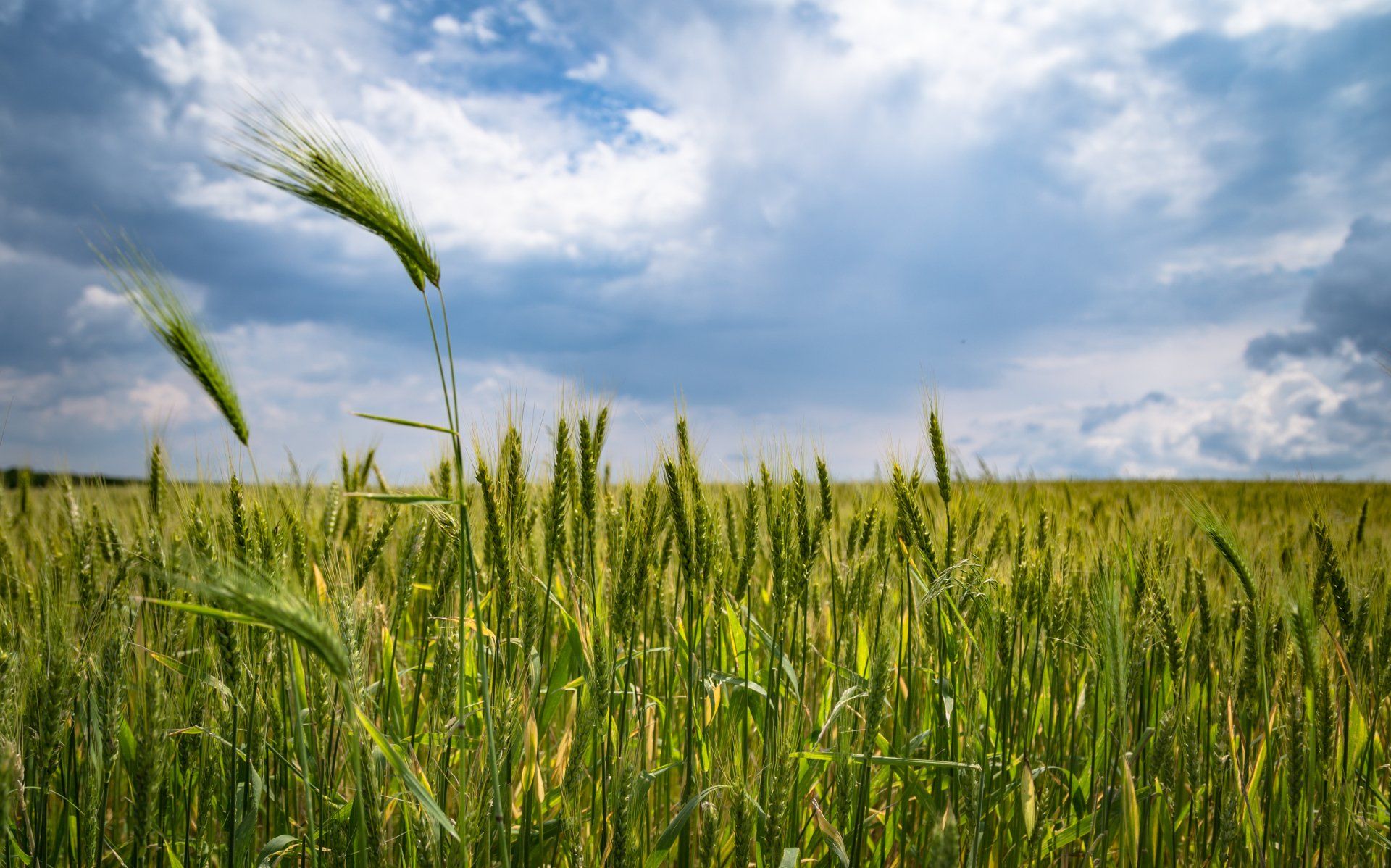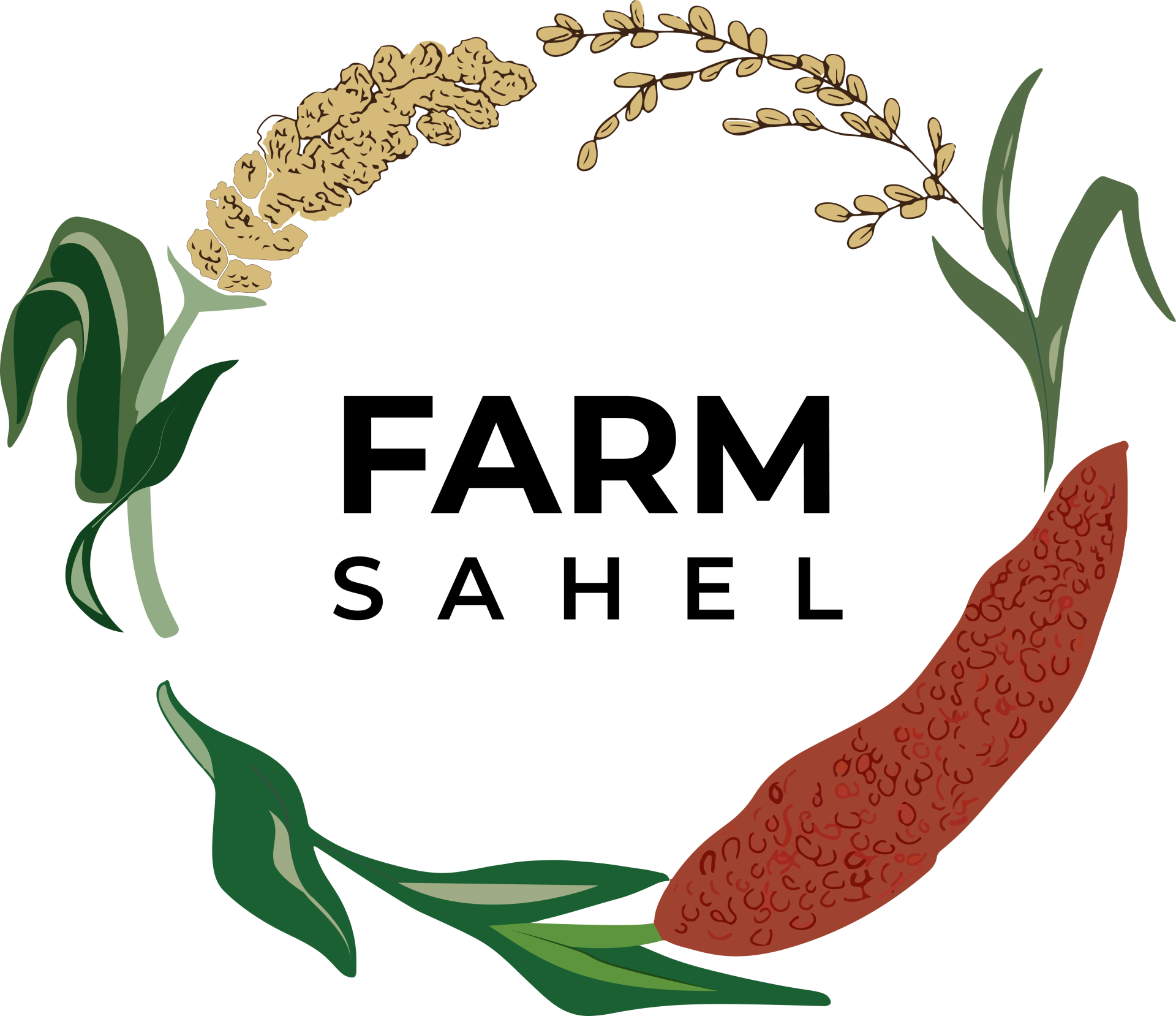Burkina Faso in the Dry Season
Burkina Faso is a land-locked country that has a majority tropical climate except for the northernmost region which has a desert-like climate of hot and dry days. Burkina Faso is divided into the northern desert and the tropical wet south. It experiences two major seasons each year. There is the wet season which is variable depending on where you are in the country and a dry season. On average, the country can see between 600 mm to 900 mm of rain each season.

However, for people in the northernmost part, called the Sahelian Zone, the rainy season can last as little as 60 days. During that time, they try to rely on livestock for their livelihood. Here temperatures are often higher, and rain is minimal. The center of the country, called the North-Sudanian zone, has an average rainfall with temperatures staying in their average range. Since 1975 there has been an increase of about 0.6 degrees Celsius reported by USAID in 2012. In the South-Sudanian zone, the southernmost point of Burkina Faso, rain can be excessive causing flooding and damaging crops. Rainy seasons can last as long as 160 days in this region.

The rainy season tends to be easier on the population because they are able to grow crops. It is the ever-increasing dry season that has tortured the population of Burkina Faso and many communities in West Africa. In recent years, scientists have noted the elongation of the dry season and the variability of weather. It was easy to predict that at night it would be cool, and the day temperatures would rise. Now in the morning, it can be as low as 48 degrees Fahrenheit and by late afternoon into the night, temperatures could reach up to 85 degrees Fahrenheit.

The dry season brings a large increase in the price of food and, depending on the severity and longevity of the dry season, can bring famine to the population. Another major crisis that comes with the dry season is the Harmattan winds. These winds blow from the Sahara Desert through West Africa to the Gulf of Guinea. Throughout the dry season, there is often a haze in the air, becoming so thick at times it can block out the sun like a heavy fog. The Harmattan trade winds pick up small particles that lower visibility and can cause damage to airways, eyes, skin of people, and the sudden wind change can bring about a sudden change in temperature. These dust particles are small and can penetrate the respiratory tract causing lasting damage. The dry season is a menacing time as Covid-19 and the dust particles of the Harmattan winds attack the same parts of the human body.

The trade winds can produce violent and damaging dust storms throughout Burkina Faso with relative unpredictability. There has been a lot of data collected on the Harmattan winds from many regional and international scientists. There was no major predictability and warning system set up until 2018. The World Meteorological Organization urged climate services in developing countries to not only collect data but to be a reliable news source for the general public. In 2018, a Warning Advisory system for sand and dust storms was implemented.
The system was launched in 13 administrative regions of Burkina Faso. Using simple color-coded maps, it indicated the dust concentration of a certain area over the next 48 hours. For example, as of January 16th, the next few days will see a very high concentration of dust in the northernmost region in Burkina Faso. The North-Sudanian region will have a high concentration and the South-Sudanian region will have normal dust concentration as predicted by the maps.

While the sun stays low in the sky from November to March, the dry season and the wet season are becoming increasingly extreme, elongated, and unpredictable. The dry season often lasts longer, especially in the Sahelian Zone, making food security an extremely worrying issue. The ever-resilient people of Burkina Faso struggle through each season's extreme unpredictable weather that often destroys their ability to generate income. As the people of Burkina Faso are just ending the coldest months of the dry season, they still have to endure the Harmattan winds that won't let up, the cooler temperatures, and the lack of rain making farming almost impossible.
https://www.climatelinks.org/sites/default/files/asset/document/20170807_USAID%20ATLAS_FFP_BurkinaFaso.pdf https://www.nber.org/system/files/working_papers/w25937/w25937.pdf https://sds-was.aemet.es/forecast-products/dust-forecasts https://sds-was.aemet.es/forecast-products/dust-forecasts/probability-maps-optical-depth https://sds-was.aemet.es/news/warning-advisory-sistem-for-sand-and-dust-storm-in-burkina-faso https://www.globalsecurity.org/military/world/africa/bf-climate.htm
